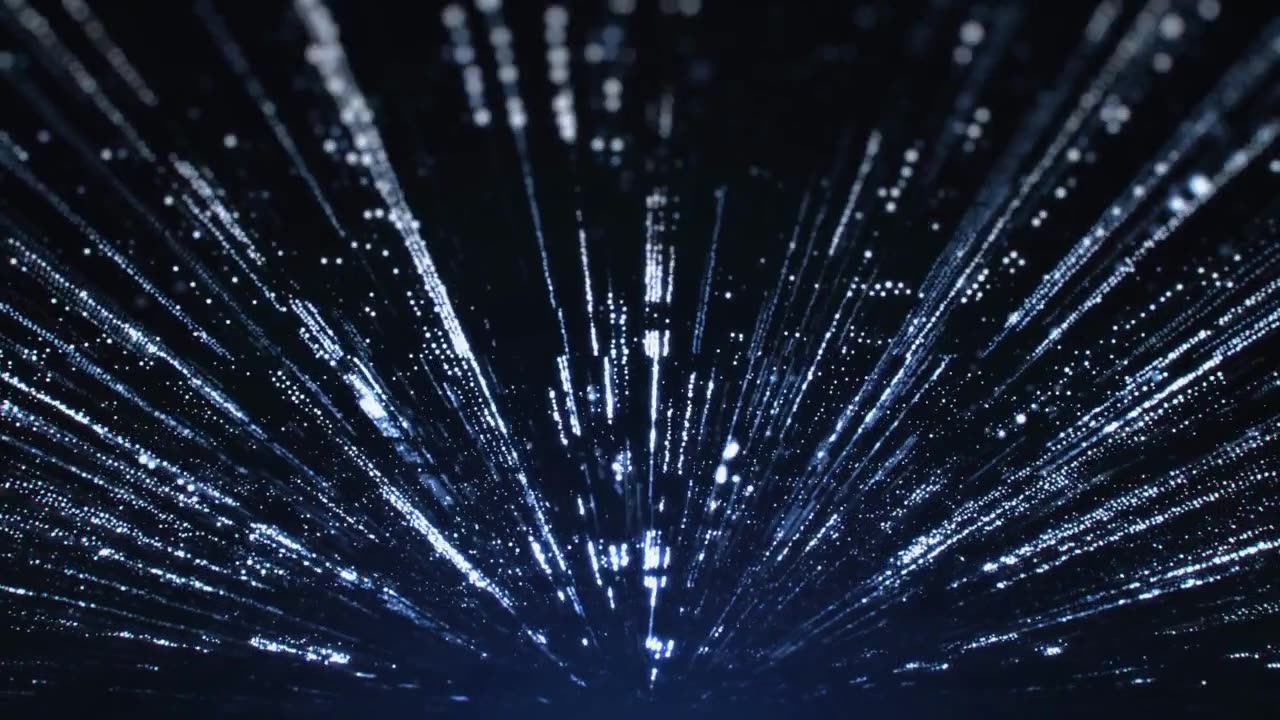Premium Only Content

When Particles Outrun Light: Unraveling the Mystery of Cherenkov Radiation
New research explores the Cherenkov effect where superluminal speeds generate radiation and discusses new research using this principle to create terahertz radiation for advanced imaging and radar applications.
When charged particles travel through a medium at a speed greater than the phase speed of light in that medium (a phenomenon known as superluminal speed), they emit radiation. The resulting radiation forms a conical pattern. This phenomenon, known as the Cherenkov effect, has numerous fundamental and practical applications. The explanation of this effect earned the Nobel Prize in Physics in 1958.
The oblique incidence of light on the interface between two media is a similar phenomenon; in this case, a wave of secondary radiation sources is formed along the interface, which propagates at a speed exceeding the phase speed of light. The refraction and reflection of light from an interface is the result of the addition of the amplitudes of waves from all sources formed during light incidence.
-
 LIVE
LIVE
Game On!
17 hours agoBREAKING NFL NEWS: Taylor Swift and Travis Kelce Are Engaged!
4,632 watching -
 1:02:09
1:02:09
The Confessionals
20 hours agoThe Supernatural Proof You Can’t Ignore (When Angels and Demons Showed Up) | Lee Strobel
20.7K14 -
 15:24
15:24
Degenerate Jay
20 hours ago $0.11 earned5 Best Moments In Batman: Arkham Asylum
2.64K -
 12:24
12:24
The Shannon Joy Show
14 hours ago🔥From Flock Cameras to Palantir: America’s Expanding Digital Cage🔥
4.52K2 -
 LIVE
LIVE
BEK TV
23 hours agoTrent Loos in the Morning - 8/27/2025
219 watching -
 LIVE
LIVE
The Bubba Army
22 hours agoTaylor Swift & Travis Kelce ENGAGED! - Bubba the Love Sponge® Show | 8/27/25
1,750 watching -
 40:14
40:14
Uncommon Sense In Current Times
17 hours ago $1.70 earnedThe Dating Crisis in America | J.P. De Gance on the Church’s Role in Restoring Family & Faith
36.2K3 -
 12:35
12:35
Red Pill MMA
19 hours agoNow We Know The Truth.. Hero Who Stopped Raja Jackson Speaks Out
10.4K8 -
 41:04
41:04
Coin Stories with Natalie Brunell
1 day agoCooking, Culture & Crypto: Norma Chu’s Food Empire Turns Bitcoin Treasury
11.6K -
 8:03
8:03
MattMorseTV
18 hours ago $8.87 earnedThings in the UK just got INSANE...
92K138